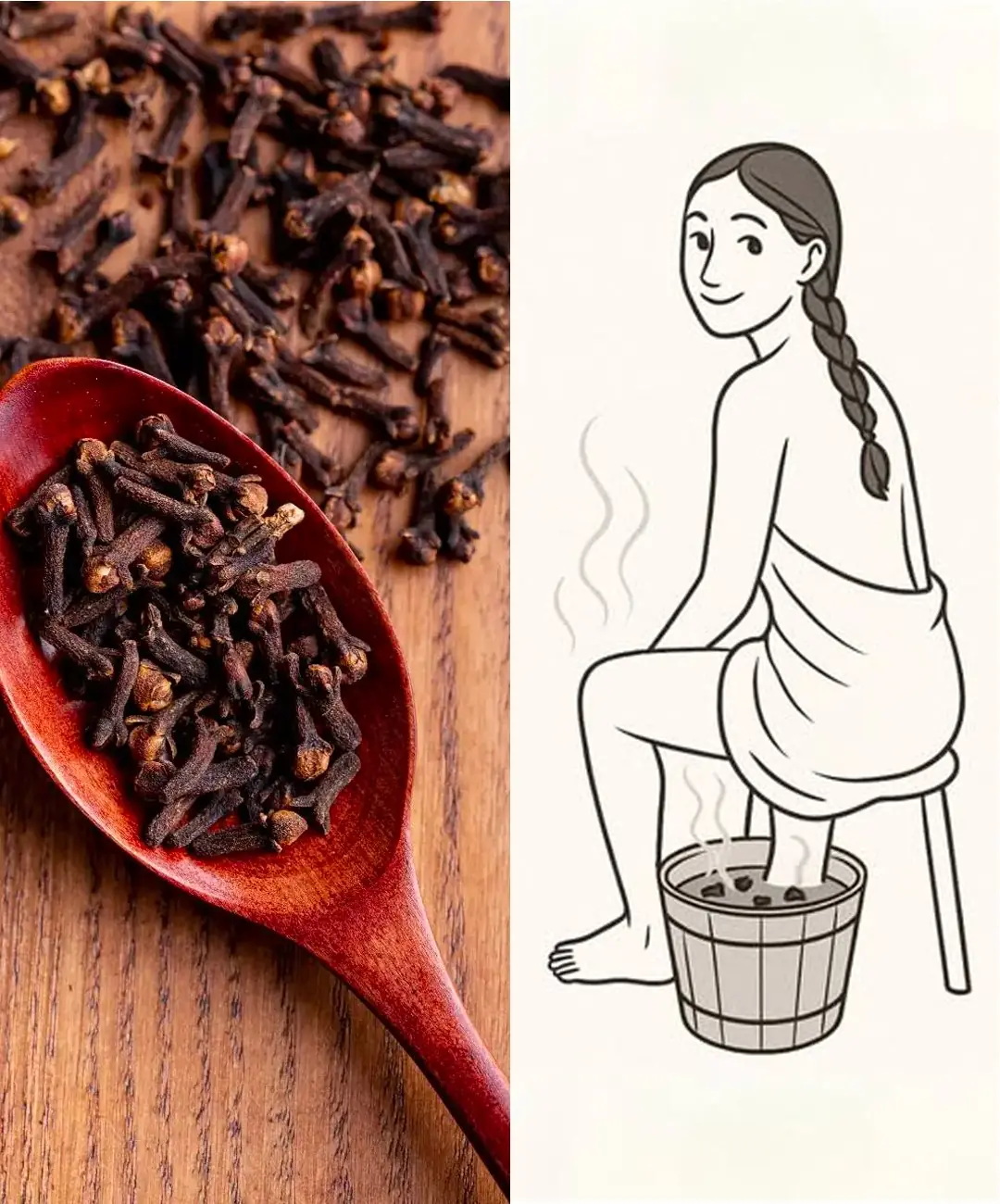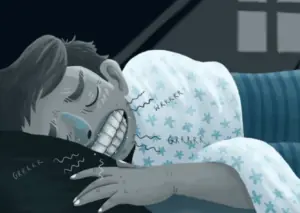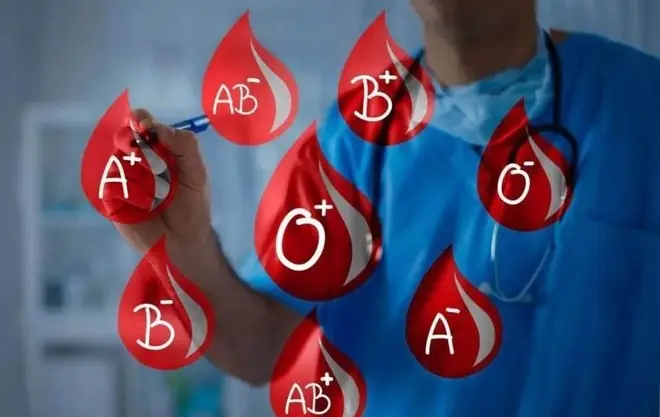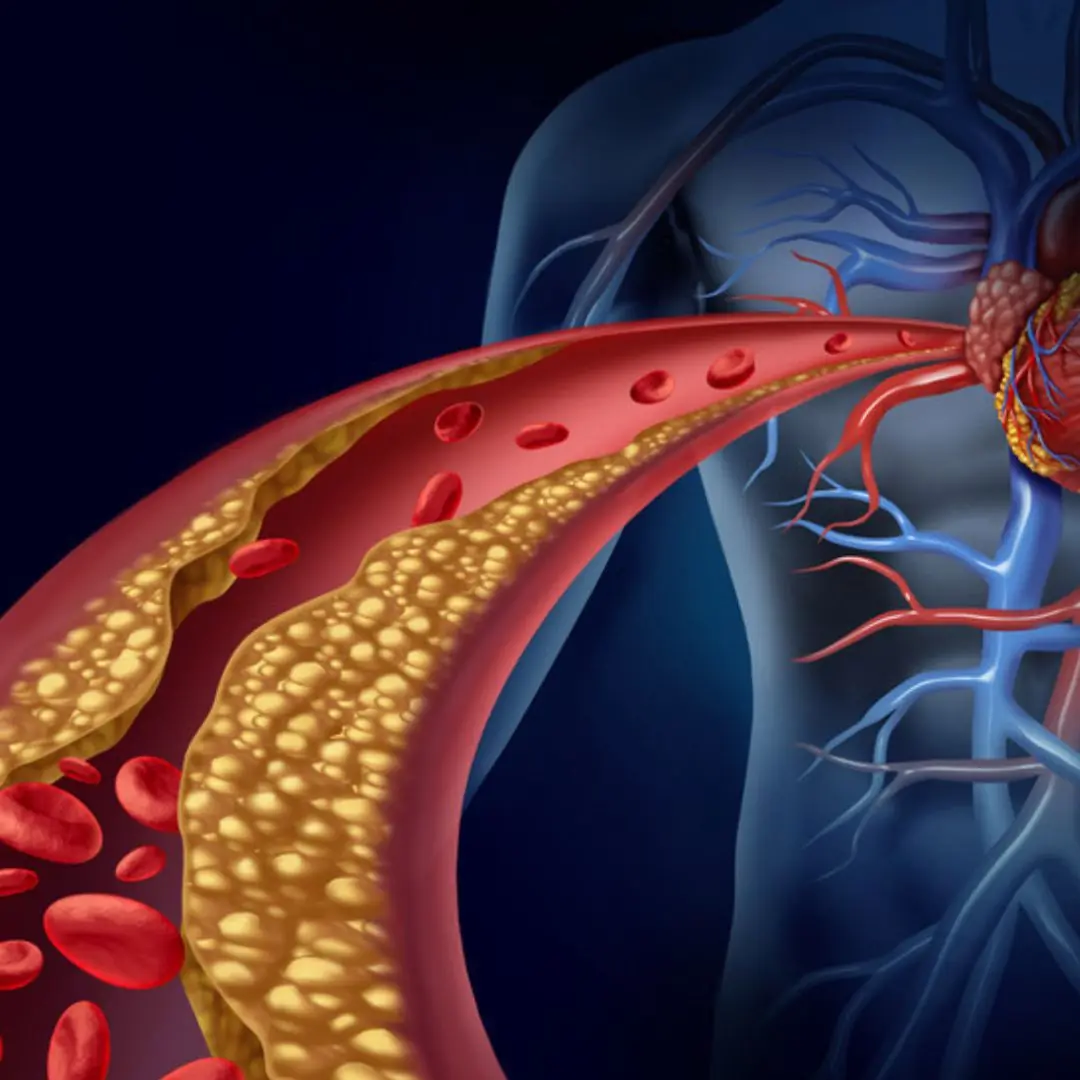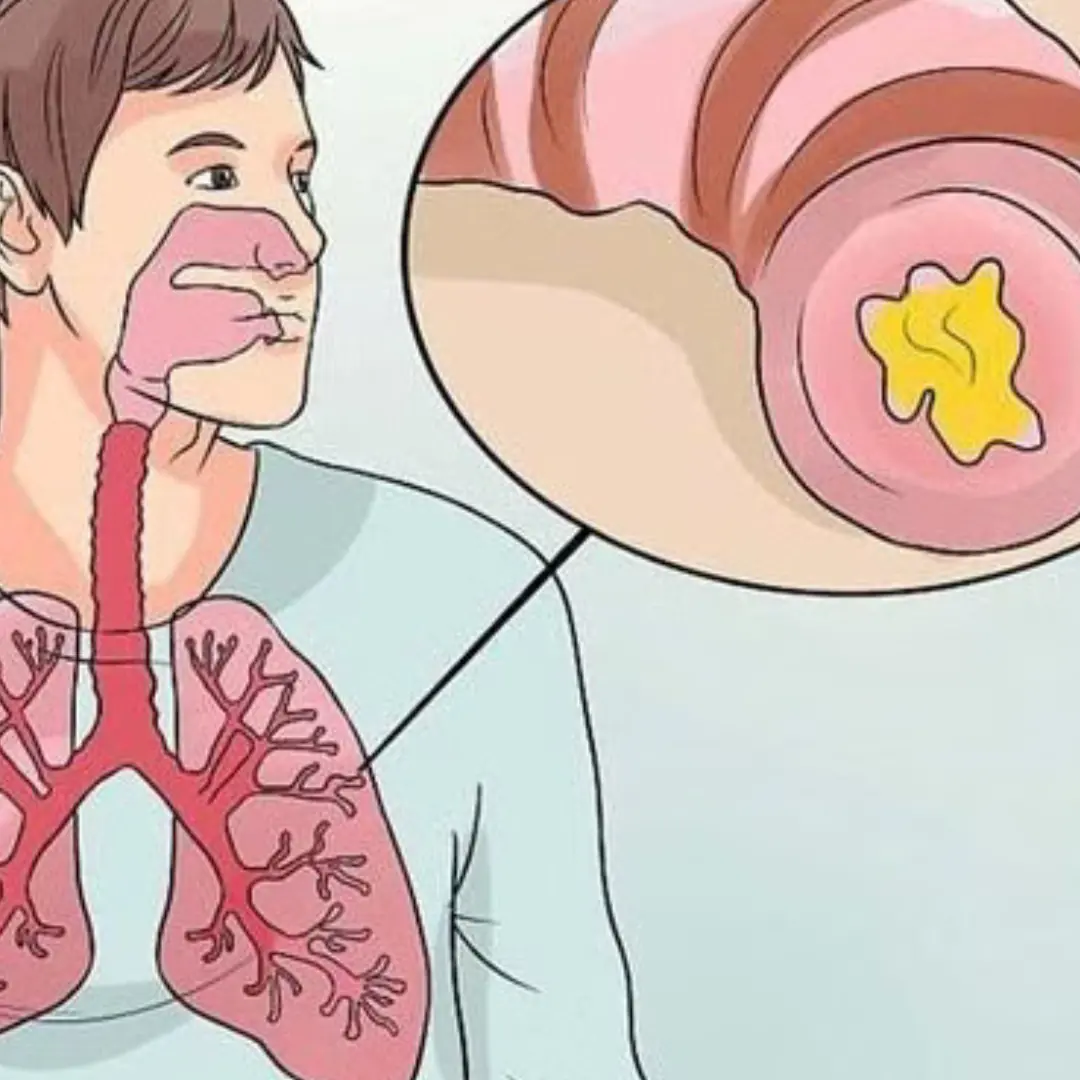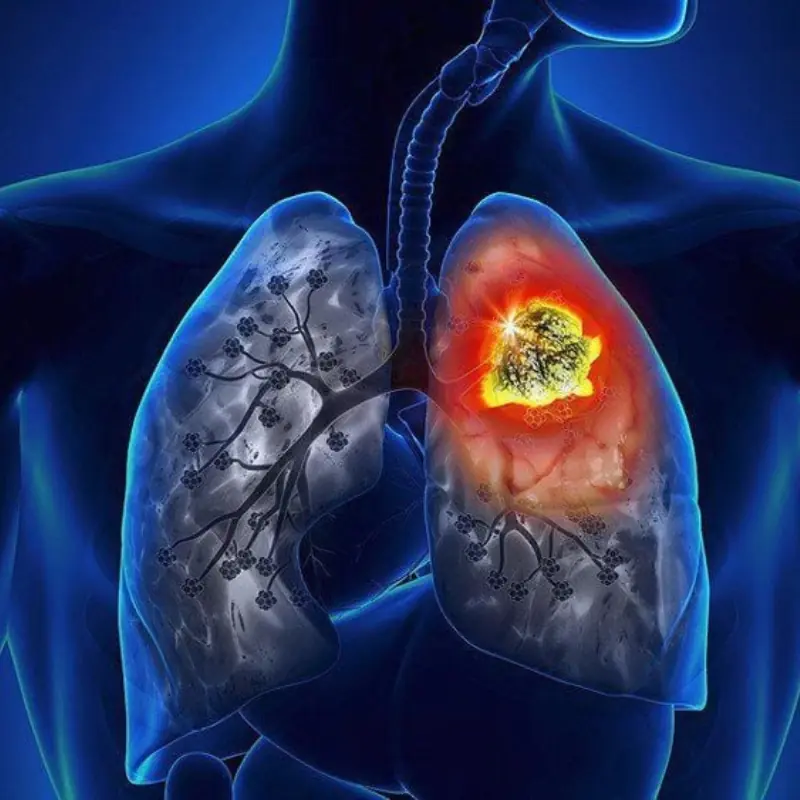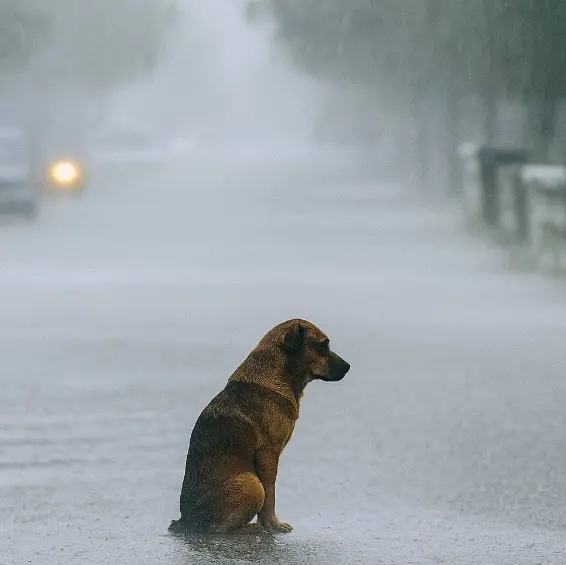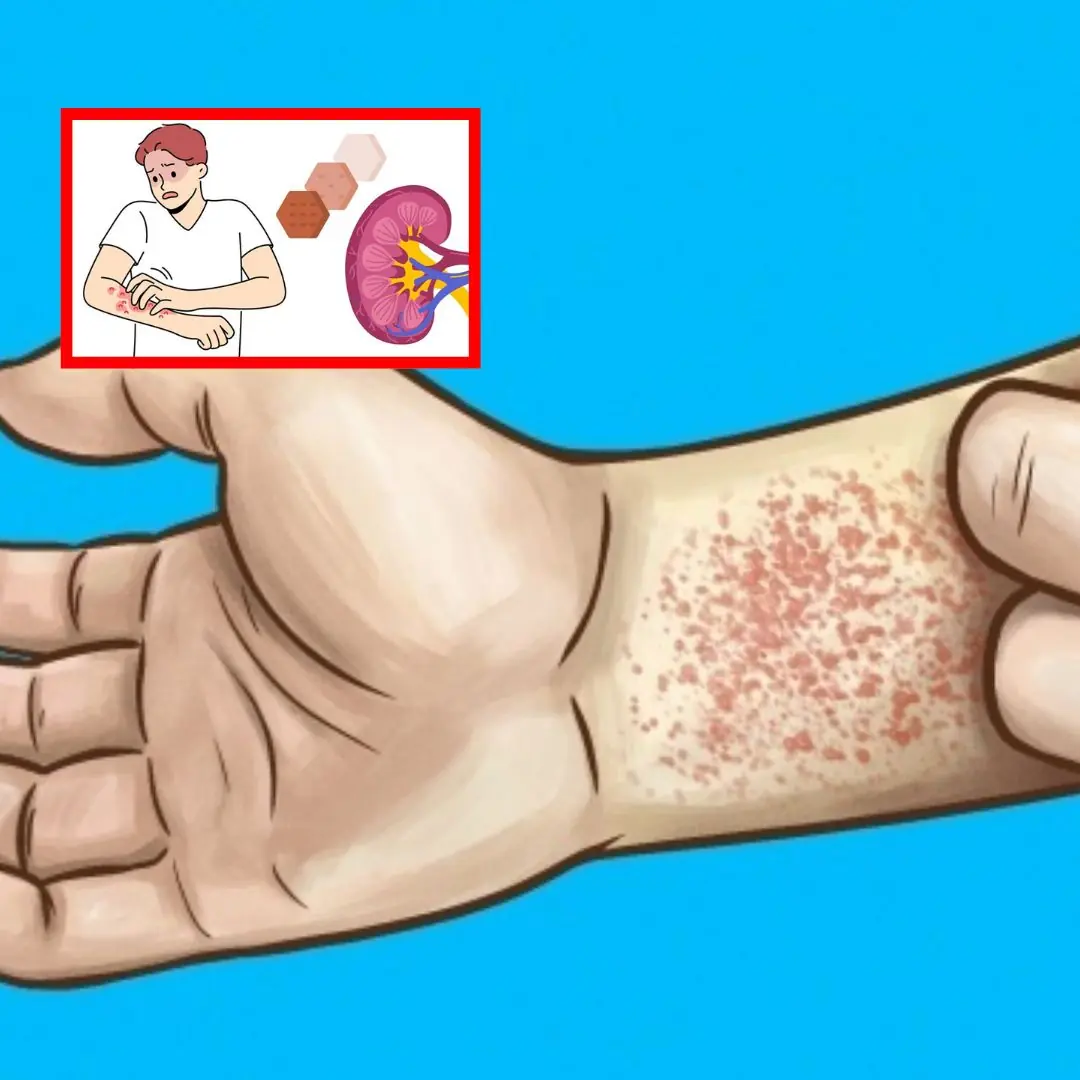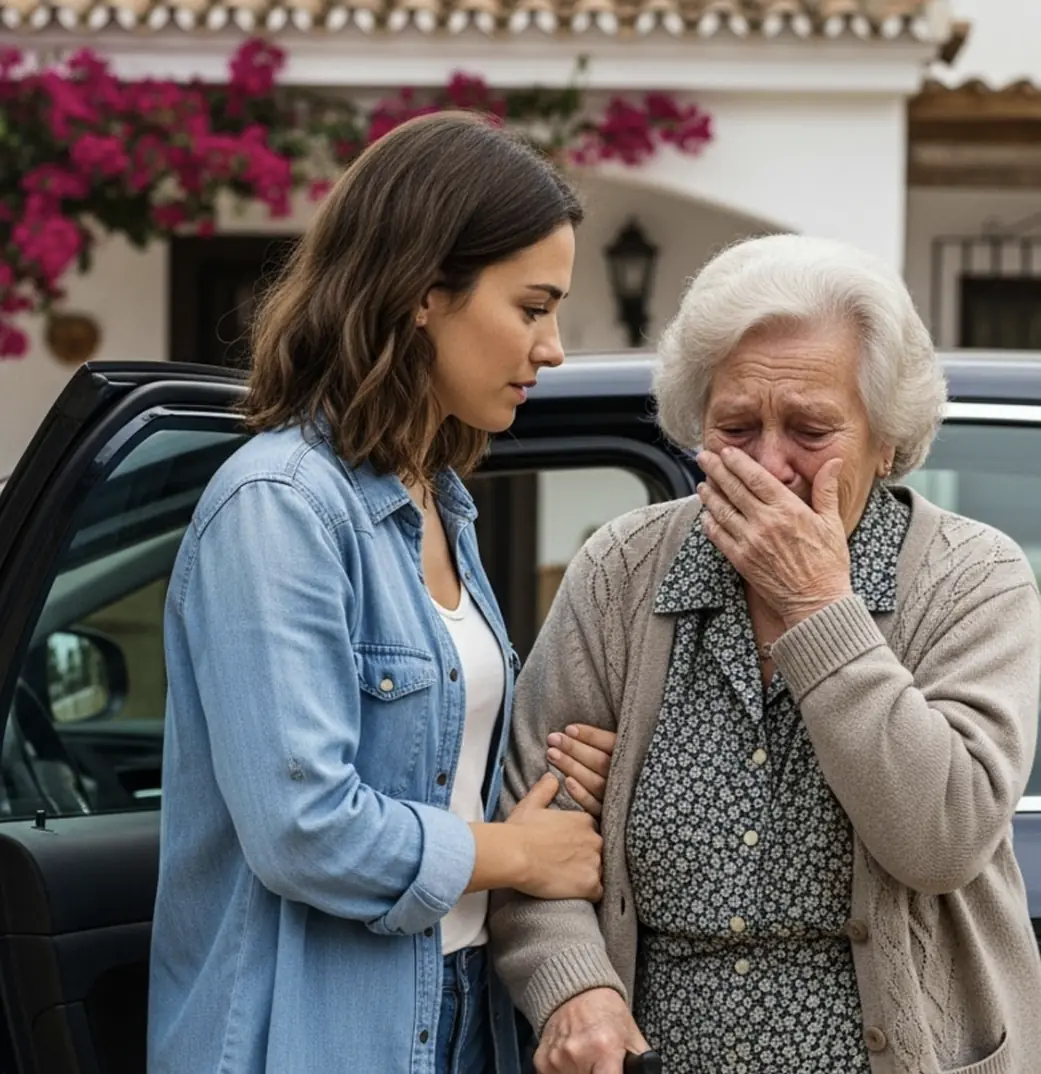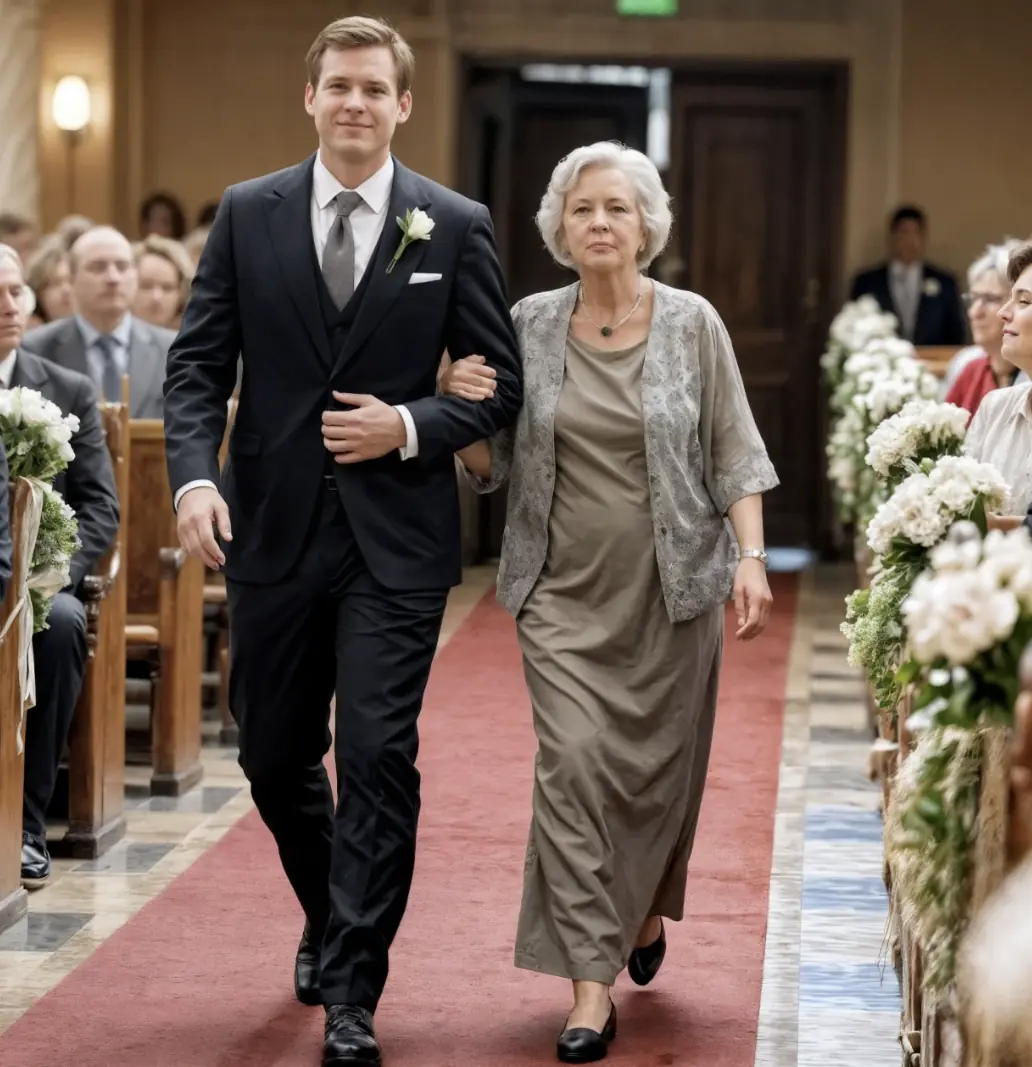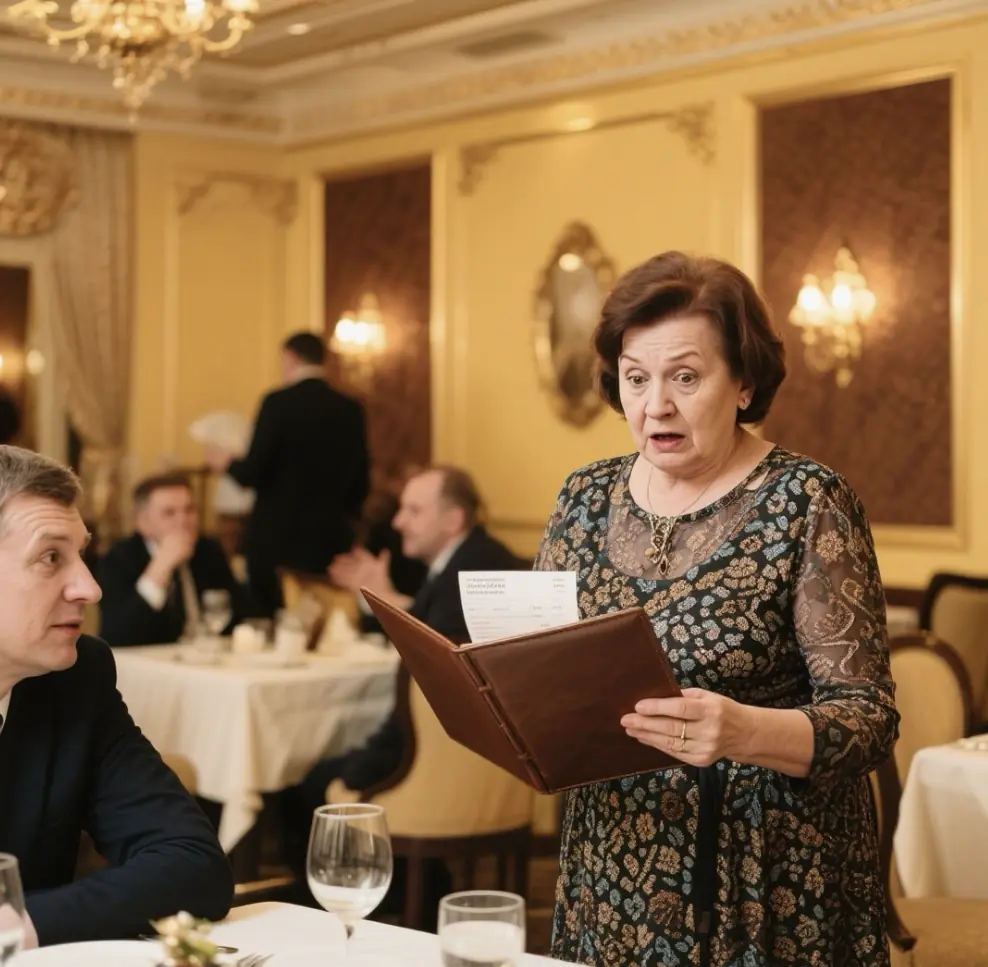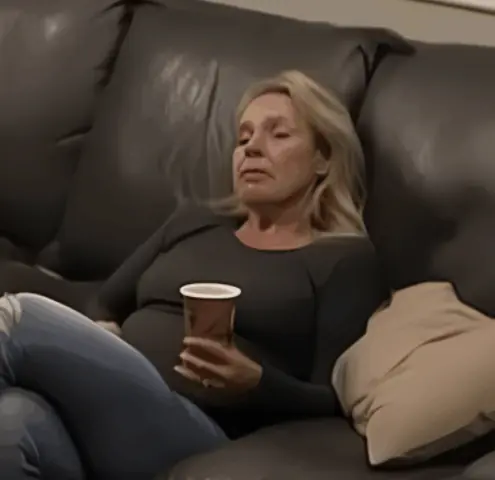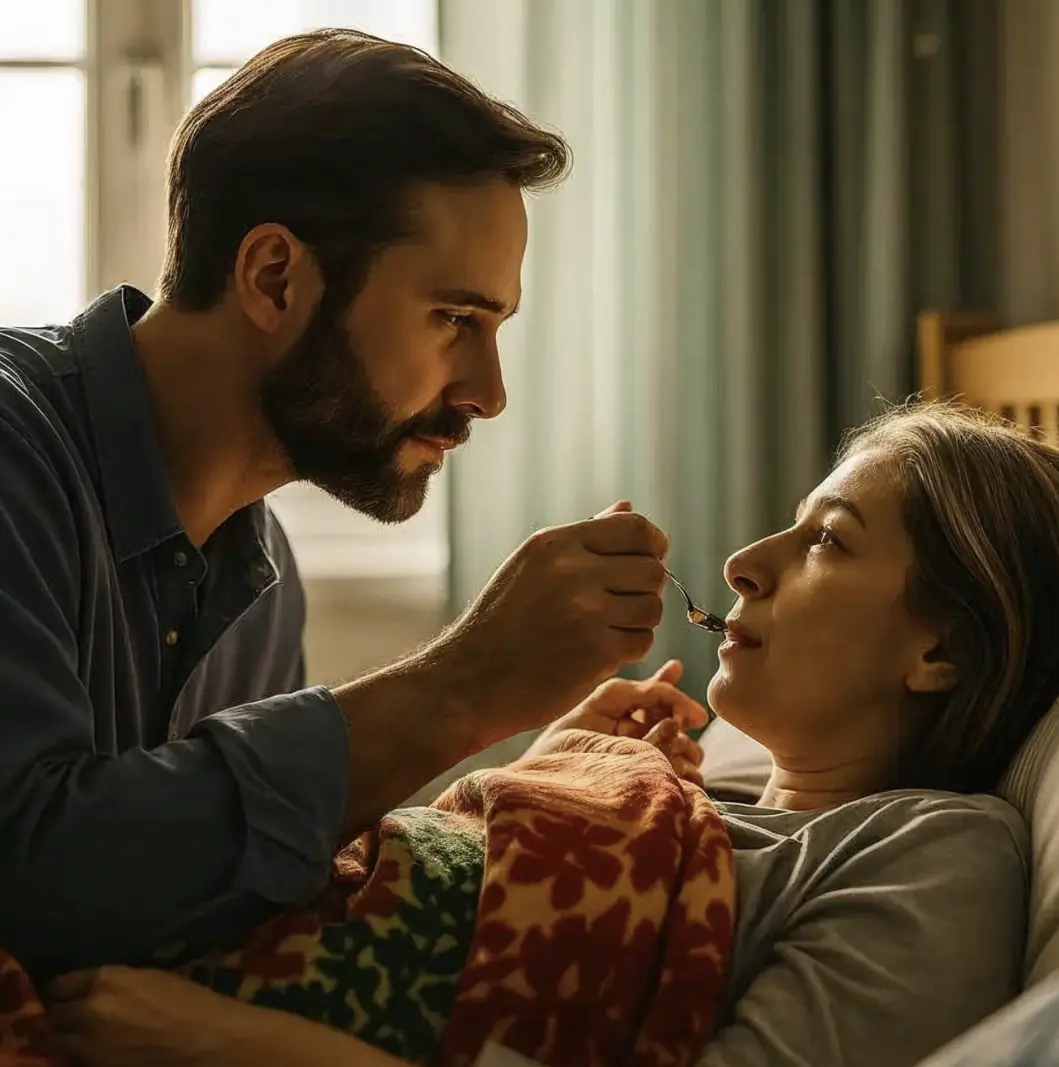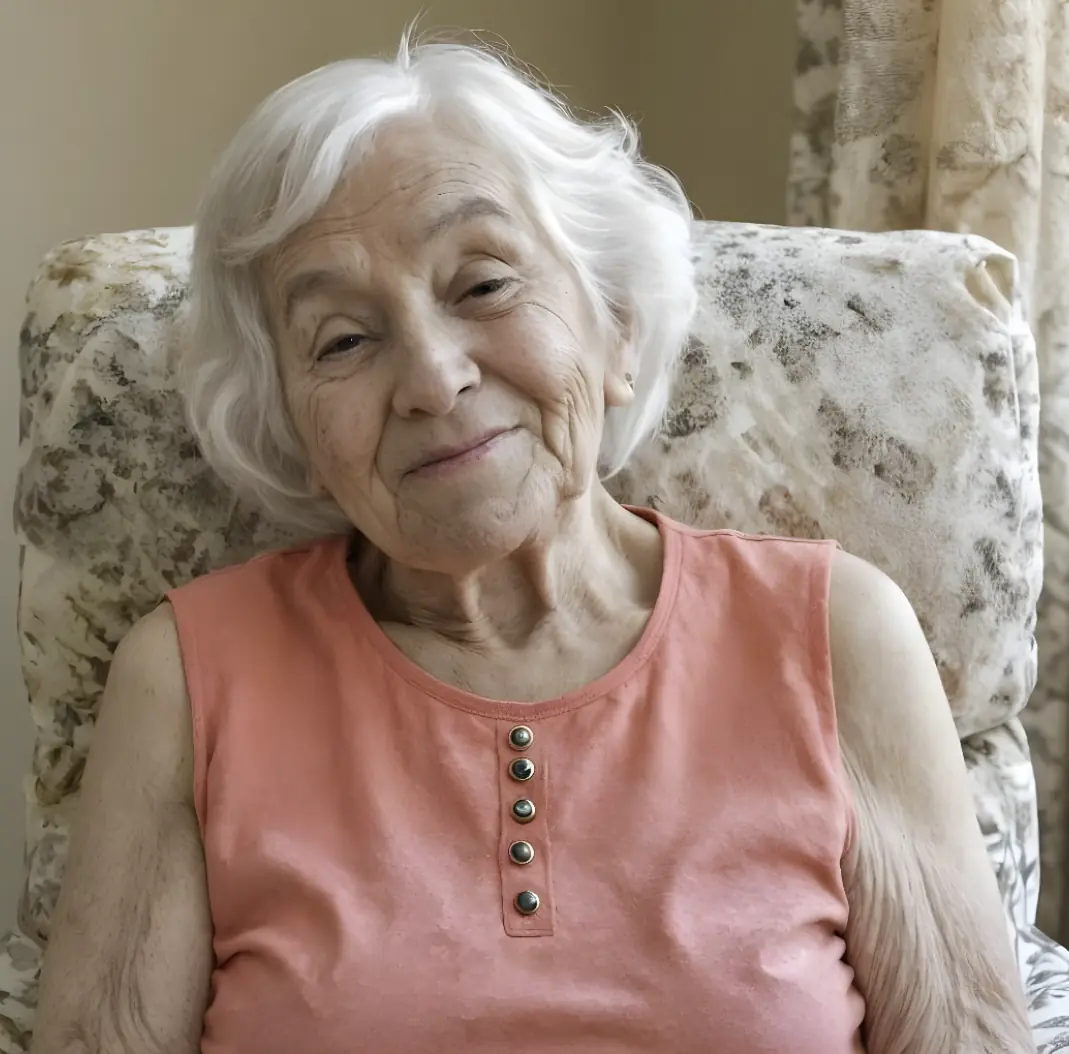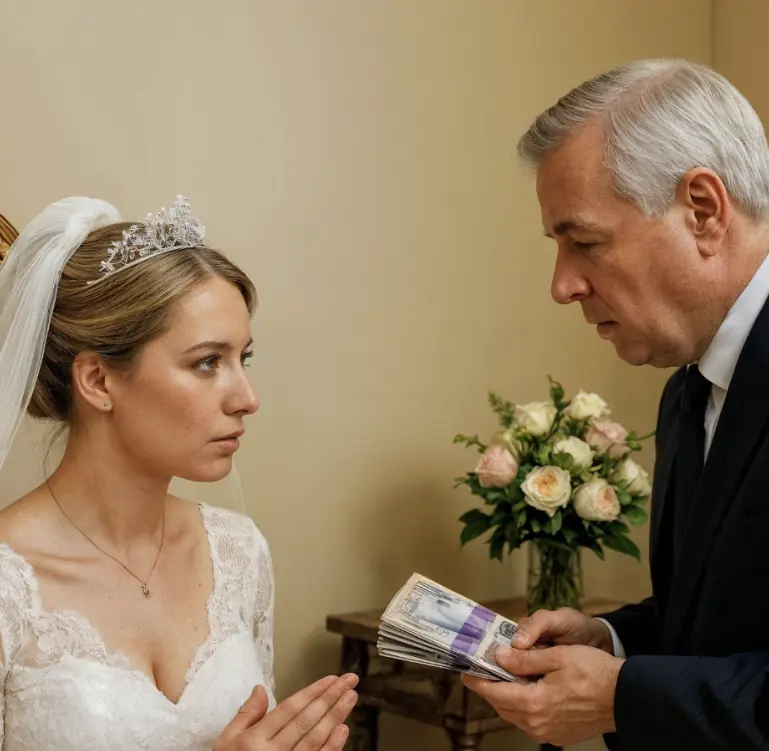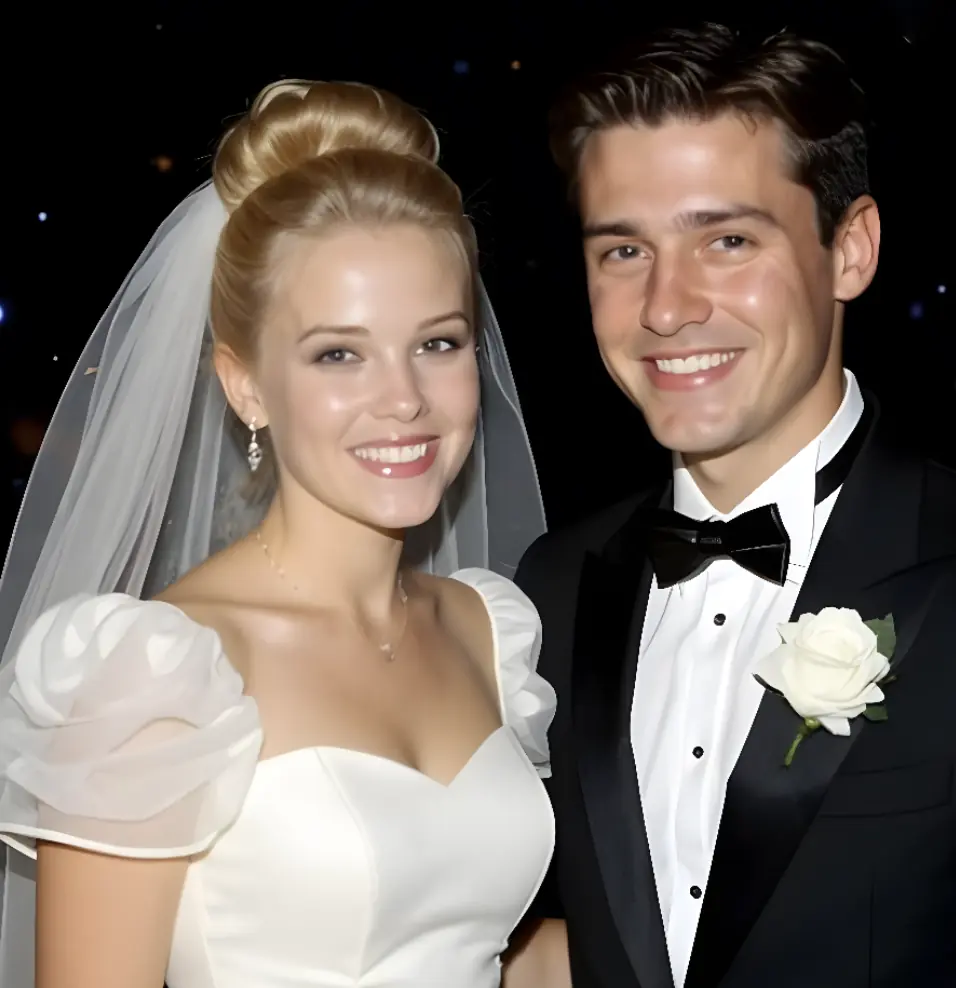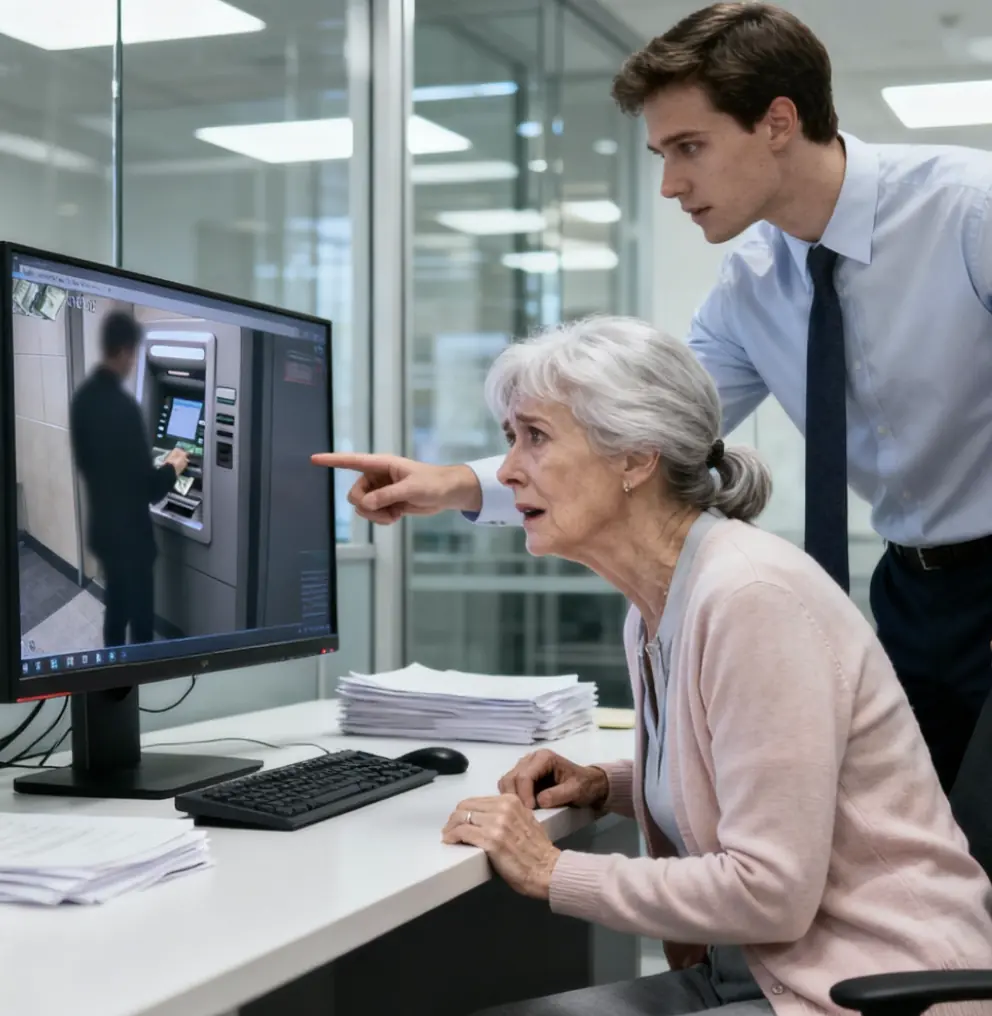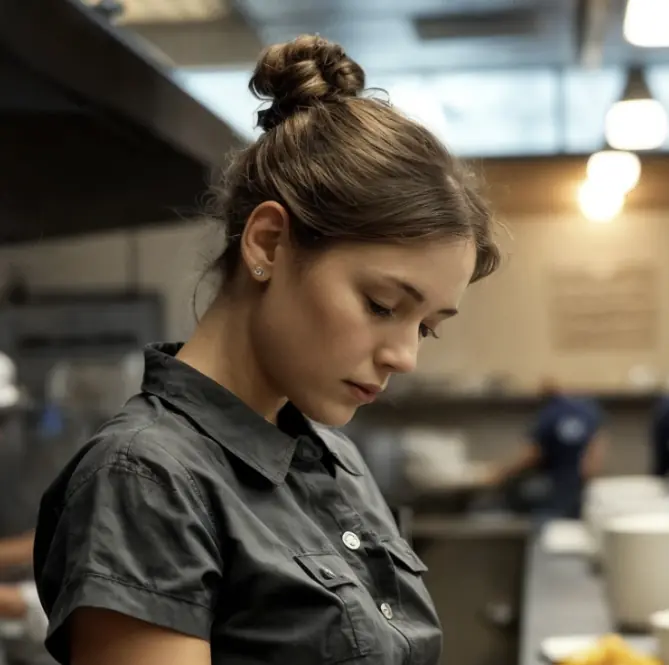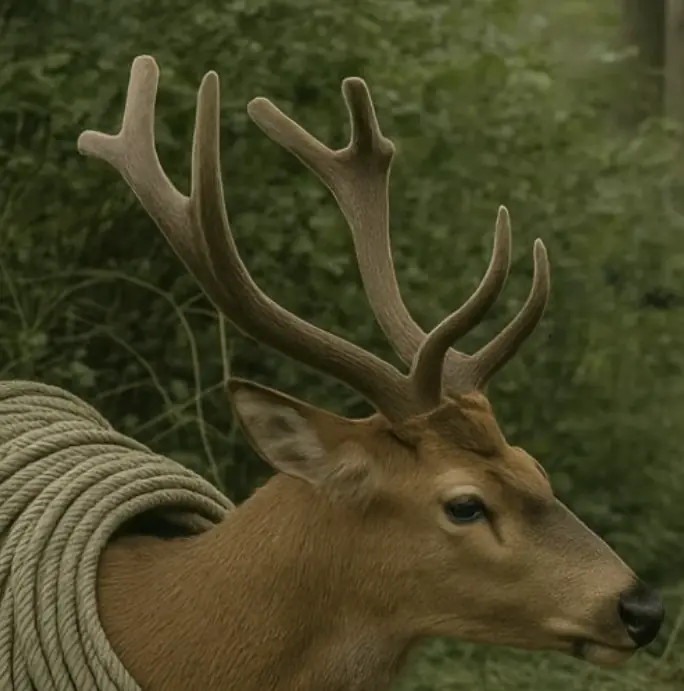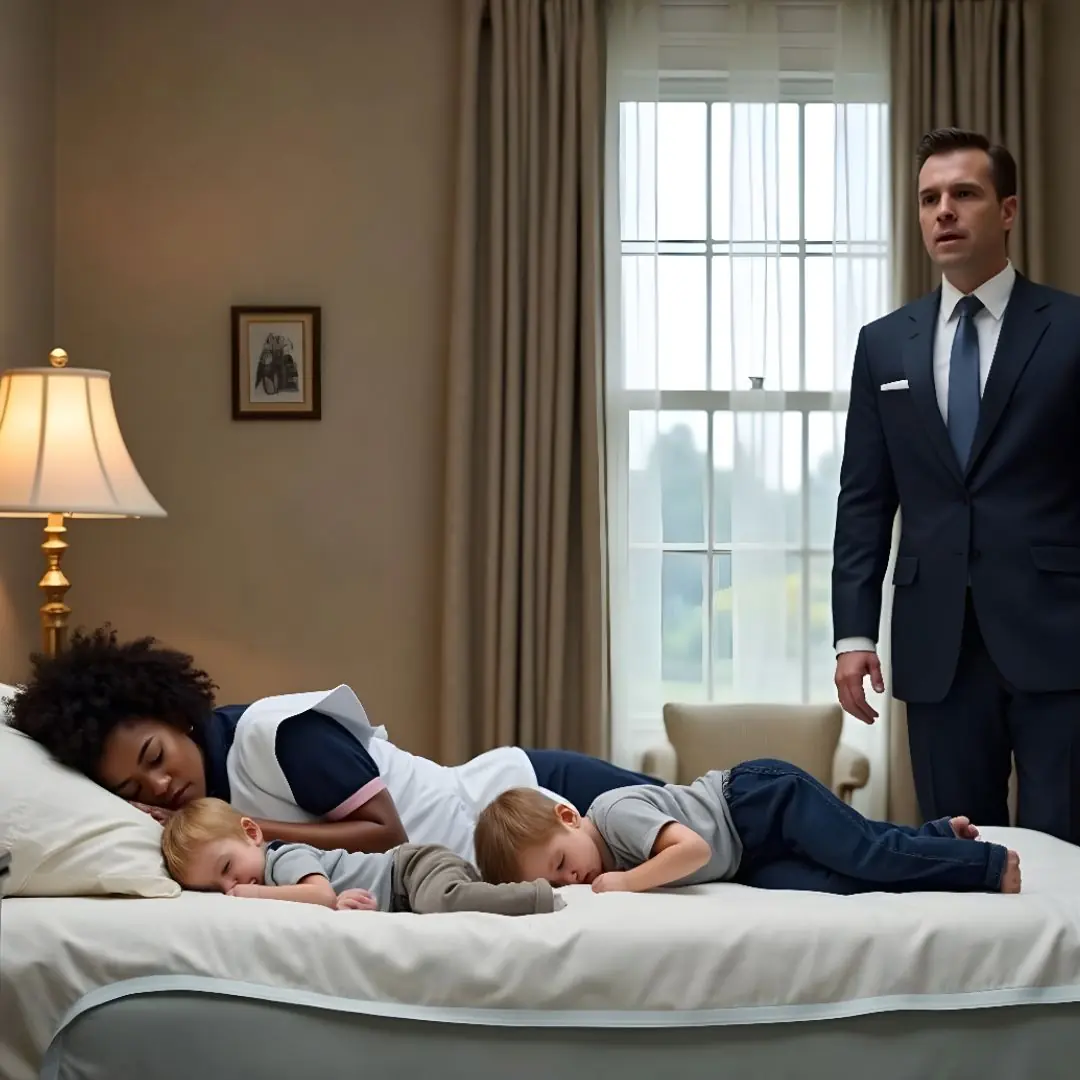1. Eating Processed Snacks as Breakfast
- Why it's harmful:
- Processed snacks like cookies and chips are high in sugar, fats, and preservatives, offering minimal nutritional value.
- Such foods can cause blood sugar spikes, leading to energy crashes and mood swings.
- Better alternatives:
- Provide whole-grain toast, oatmeal, or fresh fruits.
2. Skipping Breakfast
- Why it's harmful:
- Skipping breakfast can slow metabolism and cause irritability or lack of focus in children.
- Over time, it may weaken their digestive system and lead to overeating later in the day.
- Better alternatives:
- Encourage a light, easy-to-prepare breakfast, like yogurt with nuts or a boiled egg.
3. Consuming Sugary Drinks Instead of Solid Foods
- Why it's harmful:
- Sugary beverages like chocolate milk or sweetened juices provide empty calories without the fiber or protein needed for energy and digestion.
- This habit might reduce appetite for healthier options and contribute to obesity.
- Better alternatives:
- Offer plain milk, unsweetened smoothies, or water alongside a balanced meal.
Tips for Healthy Breakfasts:
- Include a mix of protein (eggs, yogurt), whole grains (toast, cereal), and fresh fruits or vegetables.
- Limit sugary, processed, or packaged foods.
- Set a regular breakfast routine to build healthy habits.
Making these small changes early can ensure better digestive health and stable moods for children in the long term.





